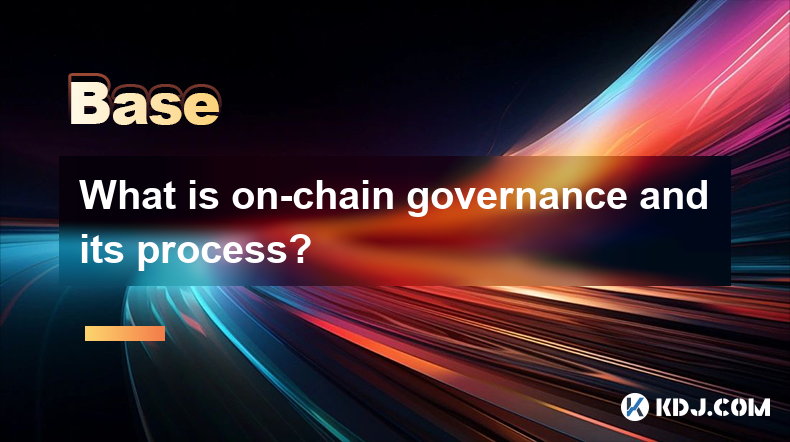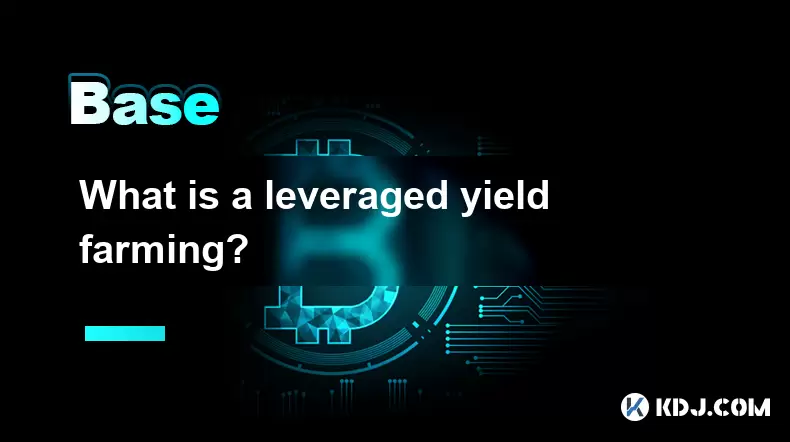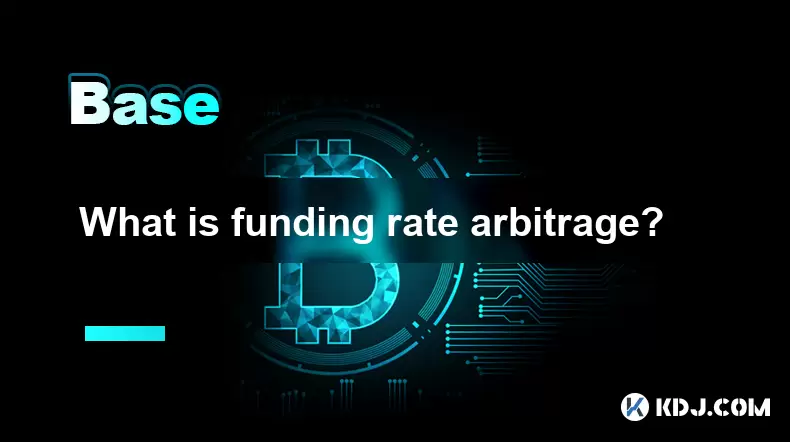-
 Bitcoin
Bitcoin $109,060.5091
-0.60% -
 Ethereum
Ethereum $2,554.0291
-1.47% -
 Tether USDt
Tether USDt $1.0003
0.00% -
 XRP
XRP $2.2391
-2.33% -
 BNB
BNB $659.7691
-0.31% -
 Solana
Solana $150.5458
-2.56% -
 USDC
USDC $1.0000
0.00% -
 TRON
TRON $0.2873
1.05% -
 Dogecoin
Dogecoin $0.1669
-3.75% -
 Cardano
Cardano $0.5827
-3.21% -
 Hyperliquid
Hyperliquid $38.9857
-3.92% -
 Sui
Sui $2.9281
-3.02% -
 Bitcoin Cash
Bitcoin Cash $482.7177
-4.36% -
 Chainlink
Chainlink $13.3876
-2.65% -
 UNUS SED LEO
UNUS SED LEO $9.0546
0.46% -
 Avalanche
Avalanche $18.1281
-3.21% -
 Stellar
Stellar $0.2404
-1.65% -
 Toncoin
Toncoin $2.8065
-2.82% -
 Shiba Inu
Shiba Inu $0.0...01158
-2.97% -
 Litecoin
Litecoin $88.4252
-2.90% -
 Hedera
Hedera $0.1559
-2.34% -
 Monero
Monero $319.4730
-2.17% -
 Polkadot
Polkadot $3.4421
-4.06% -
 Dai
Dai $1.0000
0.00% -
 Ethena USDe
Ethena USDe $1.0002
0.01% -
 Bitget Token
Bitget Token $4.4632
-2.78% -
 Uniswap
Uniswap $7.3746
-3.91% -
 Pepe
Pepe $0.0...09800
-6.01% -
 Aave
Aave $269.6237
-3.51% -
 Pi
Pi $0.4834
-3.35%
What is on-chain governance and its process?
On-chain governance lets token holders vote on blockchain updates, ensuring transparency and inclusivity, unlike off-chain methods run by select groups.
Apr 07, 2025 at 10:50 pm

On-chain governance is a decentralized decision-making process used by many blockchain networks to manage and update their protocols. It allows participants to vote on proposals directly on the blockchain, ensuring that changes are transparent, democratic, and verifiable. This method contrasts with off-chain governance, where decisions are made by a select group of individuals or organizations outside of the blockchain.
The Concept of On-Chain Governance
On-chain governance revolves around the idea that those who hold tokens in a blockchain network should have a say in its development and management. This system aims to democratize the decision-making process, giving every token holder the opportunity to influence the future of the network. By implementing this governance model, blockchain projects can ensure that changes are made with the consensus of the community, reducing the risk of centralized control and promoting a more inclusive ecosystem.
Key Components of On-Chain Governance
The foundation of on-chain governance lies in several key components:
- Proposals: These are suggestions for changes or improvements to the protocol. Anyone can submit a proposal, which is then reviewed and voted on by the community.
- Voting: Token holders can cast their votes on proposals. The voting power is typically proportional to the number of tokens held, ensuring that those with a larger stake in the network have a greater influence.
- Execution: Once a proposal is approved, it is automatically implemented on the blockchain. This ensures that the changes are carried out without the need for manual intervention.
The Process of On-Chain Governance
The process of on-chain governance can be broken down into several stages, each crucial for the effective management of the blockchain network.
Proposal Submission
The first step in the on-chain governance process is the submission of a proposal. Anyone with an interest in the network can draft a proposal, which must include detailed information about the proposed change, its potential impact, and the rationale behind it. Proposals are typically submitted through a designated platform or interface provided by the blockchain project.
Proposal Review
Once a proposal is submitted, it enters a review phase. During this stage, the community and sometimes a designated review committee assess the proposal's feasibility, potential benefits, and risks. Feedback and suggestions are often provided to the proposer, who may need to revise the proposal based on the input received.
Voting Period
After the review phase, the proposal moves to the voting stage. Token holders are notified about the proposal and given a specific timeframe to cast their votes. Voting can be conducted in various ways, such as simple majority, supermajority, or weighted voting, depending on the governance model of the blockchain.
- Simple Majority: A proposal passes if it receives more than 50% of the votes.
- Supermajority: A higher threshold, such as 66% or 75%, is required for the proposal to pass.
- Weighted Voting: Votes are weighted based on the number of tokens held by each voter.
Result Announcement and Execution
Once the voting period ends, the results are tallied and announced to the community. If the proposal receives the required number of votes, it is considered approved and moves to the execution phase. The approved changes are then automatically implemented on the blockchain, ensuring that the network is updated according to the community's decision.
Benefits of On-Chain Governance
On-chain governance offers several advantages that contribute to the overall health and sustainability of a blockchain network.
- Transparency: All proposals, votes, and outcomes are recorded on the blockchain, making the entire process transparent and verifiable by anyone.
- Inclusivity: By allowing token holders to participate in decision-making, on-chain governance ensures that a diverse range of perspectives is considered.
- Efficiency: The automated execution of approved proposals reduces the need for manual intervention, speeding up the implementation of changes.
Challenges and Considerations
While on-chain governance has many benefits, it also comes with its own set of challenges and considerations.
- Voter Apathy: Not all token holders may participate in the voting process, leading to low turnout and potentially skewed results.
- Security Risks: The voting process can be vulnerable to attacks, such as vote buying or manipulation, which could undermine the integrity of the governance system.
- Complexity: The technical nature of blockchain proposals can make it difficult for less technically savvy token holders to understand and vote on them effectively.
Examples of On-Chain Governance in Action
Several blockchain projects have implemented on-chain governance to manage their networks. Here are a few notable examples:
- Tezos: Tezos uses a self-amending protocol that allows the community to vote on and implement upgrades without the need for hard forks. Token holders can submit proposals, and if approved, the changes are automatically applied to the network.
- Decred: Decred employs a hybrid system that combines Proof of Work (PoW) and Proof of Stake (PoS) with on-chain governance. Stakeholders can vote on proposals and changes to the protocol, ensuring that the community has a say in the network's development.
- Aragon: Aragon Network uses on-chain governance to manage its decentralized autonomous organization (DAO). Token holders can propose and vote on changes to the organization's rules and operations, ensuring that the DAO remains aligned with the community's interests.
Frequently Asked Questions
Q: How can someone participate in on-chain governance?
A: To participate in on-chain governance, you need to hold tokens in the blockchain network that uses this system. You can then submit proposals, vote on existing proposals, and engage in discussions about the network's future. Most projects provide user-friendly interfaces or platforms to facilitate participation.
Q: What happens if a proposal does not pass the voting threshold?
A: If a proposal does not receive the required number of votes to pass, it is rejected, and the proposed changes are not implemented. The proposer may choose to revise the proposal and resubmit it for another round of voting.
Q: Can on-chain governance be manipulated by large token holders?
A: While large token holders have more voting power due to their stake in the network, most on-chain governance systems include measures to prevent manipulation. These can include time-locked voting, vote delegation, and other mechanisms designed to ensure a fair and balanced decision-making process.
Q: How does on-chain governance differ from off-chain governance?
A: On-chain governance involves decision-making directly on the blockchain, with transparent and verifiable voting processes. Off-chain governance, on the other hand, involves decision-making outside of the blockchain, often by a select group of individuals or organizations. On-chain governance is generally more democratic and inclusive, while off-chain governance can be more centralized and less transparent.
Disclaimer:info@kdj.com
The information provided is not trading advice. kdj.com does not assume any responsibility for any investments made based on the information provided in this article. Cryptocurrencies are highly volatile and it is highly recommended that you invest with caution after thorough research!
If you believe that the content used on this website infringes your copyright, please contact us immediately (info@kdj.com) and we will delete it promptly.
- Bitcoin's Pattern Break: Are HODLers the Key to the Next Surge?
- 2025-07-04 18:50:12
- Bitcoin Price, Trump's Bill, and the $150K Dream: A NYC Take
- 2025-07-04 19:50:12
- Ethereum, LILPEPE, and the July Bounce: Will Pepe Steal ETH's Thunder?
- 2025-07-04 19:10:12
- Binance Institutional Loans: Unlocking 4x Leverage and Zero Interest for Whales
- 2025-07-04 19:15:12
- Bitcoin Bull Run: Analysts Eye Peak in Late 2025?
- 2025-07-04 19:20:13
- Pepe Indicators, Bullish Forecast: Can the Meme Coin Rally?
- 2025-07-04 19:25:12
Related knowledge

What is a user-generated content (UGC) NFT platform?
Jul 04,2025 at 01:49pm
Understanding the Concept of a UGC NFT PlatformA user-generated content (UGC) NFT platform is a digital marketplace or ecosystem where users can create, mint, and trade non-fungible tokens (NFTs) that represent ownership of original digital content they produce. Unlike traditional NFT platforms where creators often include professional artists or develo...

What is a token generation event (TGE)?
Jul 04,2025 at 07:14am
Understanding the Basics of a Token Generation Event (TGE)A Token Generation Event (TGE) refers to the process through which a blockchain project creates and distributes its native tokens to investors, participants, or stakeholders. This event is often associated with new cryptocurrency projects launching on platforms like Ethereum, Binance Smart Chain,...

What is a block explorer API?
Jul 04,2025 at 05:07am
Understanding the Role of a Block Explorer APIA block explorer API is a crucial interface that enables developers and users to interact programmatically with blockchain data. Unlike traditional APIs used in web services, a block explorer API specifically provides access to blockchain-related information such as transaction details, wallet balances, bloc...

What is a leveraged yield farming?
Jul 04,2025 at 09:36am
Understanding Leveraged Yield FarmingLeveraged yield farming is a more advanced form of yield farming, which itself is a popular method in the decentralized finance (DeFi) ecosystem to earn returns by providing liquidity to various protocols. In traditional yield farming, users deposit tokens into a DeFi platform and earn rewards in return, often in the...

What is open interest in derivatives?
Jul 03,2025 at 02:49pm
Understanding Open Interest in DerivativesOpen interest is a critical metric used in the cryptocurrency derivatives market, particularly when analyzing futures and options contracts. It represents the total number of outstanding contracts that have not been settled or closed by either party involved. Unlike trading volume, which counts all trades made i...

What is funding rate arbitrage?
Jul 04,2025 at 11:43am
Understanding Funding Rate Arbitrage in the Cryptocurrency MarketFunding rate arbitrage is a trading strategy employed by crypto traders to exploit differences in funding rates across various perpetual futures exchanges. In perpetual contracts, funding rates are periodic payments made between long and short traders depending on whether the price of the ...

What is a user-generated content (UGC) NFT platform?
Jul 04,2025 at 01:49pm
Understanding the Concept of a UGC NFT PlatformA user-generated content (UGC) NFT platform is a digital marketplace or ecosystem where users can create, mint, and trade non-fungible tokens (NFTs) that represent ownership of original digital content they produce. Unlike traditional NFT platforms where creators often include professional artists or develo...

What is a token generation event (TGE)?
Jul 04,2025 at 07:14am
Understanding the Basics of a Token Generation Event (TGE)A Token Generation Event (TGE) refers to the process through which a blockchain project creates and distributes its native tokens to investors, participants, or stakeholders. This event is often associated with new cryptocurrency projects launching on platforms like Ethereum, Binance Smart Chain,...

What is a block explorer API?
Jul 04,2025 at 05:07am
Understanding the Role of a Block Explorer APIA block explorer API is a crucial interface that enables developers and users to interact programmatically with blockchain data. Unlike traditional APIs used in web services, a block explorer API specifically provides access to blockchain-related information such as transaction details, wallet balances, bloc...

What is a leveraged yield farming?
Jul 04,2025 at 09:36am
Understanding Leveraged Yield FarmingLeveraged yield farming is a more advanced form of yield farming, which itself is a popular method in the decentralized finance (DeFi) ecosystem to earn returns by providing liquidity to various protocols. In traditional yield farming, users deposit tokens into a DeFi platform and earn rewards in return, often in the...

What is open interest in derivatives?
Jul 03,2025 at 02:49pm
Understanding Open Interest in DerivativesOpen interest is a critical metric used in the cryptocurrency derivatives market, particularly when analyzing futures and options contracts. It represents the total number of outstanding contracts that have not been settled or closed by either party involved. Unlike trading volume, which counts all trades made i...

What is funding rate arbitrage?
Jul 04,2025 at 11:43am
Understanding Funding Rate Arbitrage in the Cryptocurrency MarketFunding rate arbitrage is a trading strategy employed by crypto traders to exploit differences in funding rates across various perpetual futures exchanges. In perpetual contracts, funding rates are periodic payments made between long and short traders depending on whether the price of the ...
See all articles

























































































